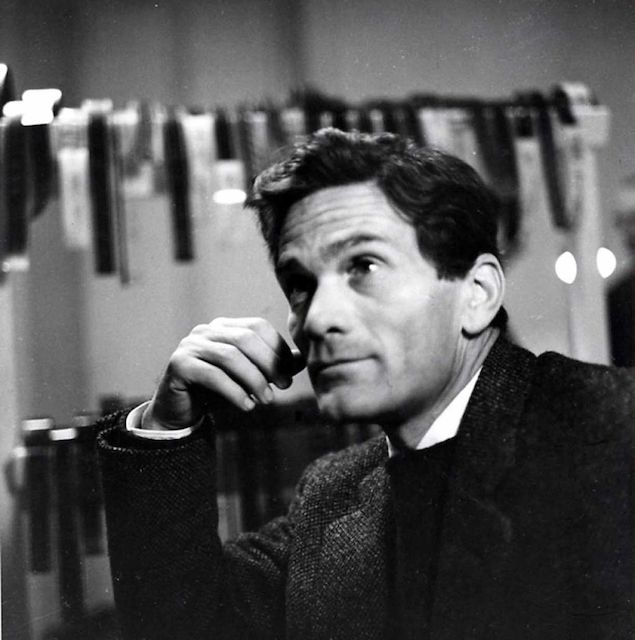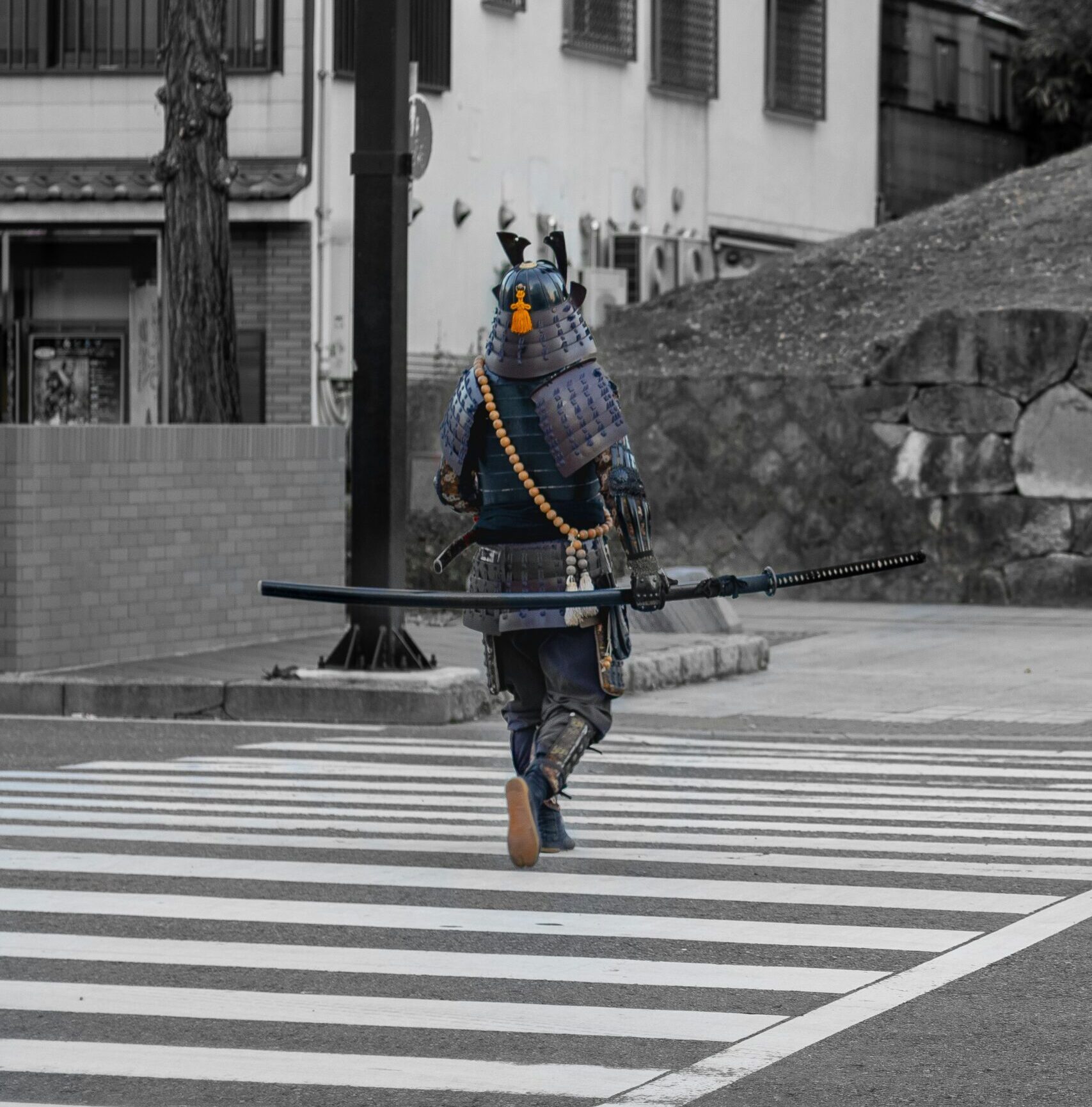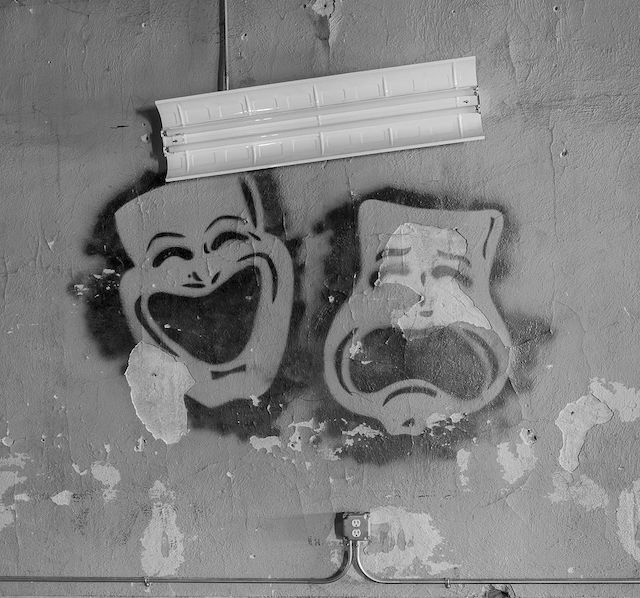Featured in

- Published 20241105
- ISBN: 978-1-923213-01-2
- Extent: 196 pp
- Paperback, ebook, PDF


Already a subscriber? Sign in here
If you are an educator or student wishing to access content for study purposes please contact us at griffithreview@griffith.edu.au
Share article
More from author

Culture warrior
It’s safe to say, then, that Star’s protagonist is not a carbon copy of Mishima, despite the novelist’s status as Japan’s first Sūpāsutā (superstar). Twenty-three and blindingly gorgeous, Rikio Mizuno, known by the anglicised monomer Richie, is a Japanese James Dean. ‘I am a speeding car that never stops,’ Richie muses, conflating the icon with the instrument of his death. ‘I’m huge, shiny and new, coming from the other side of midnight… I ride and ride and never arrive.’ Unlike Dean, Richie survives past his twenty-fourth birthday, the addition of a single year weighing on him like a death sentence. At the story’s conclusion, when Richie is confronted by the crinkled visage of a matinee idol of yesteryear, he realises that having celebrated the twenty-fourth birthday Dean was denied by his Porsche 550 Spyder, ‘Little Bastard’, he has missed his chance to, as Dean said, ‘Live fast, die young and leave a good-looking corpse.’
Anyone who has been to a gay guy’s thirtieth birthday party will recognise the sentiment.
More from this edition

Pyjama Man
Poetry Though he lives in a rundown unit above a busy intersection, the pyjama man imagines that the sounds of the traffic are the waves of the ocean. It is...

On the contrary
In Conversation Australian novelist Lexi Freiman knows how to walk a literary tightrope. Her fiction is both savagely funny and strikingly empathetic, daring to satirise the...

Girls to the front
Non-fictionIf there are no women in leadership in a synagogue, many of us don’t bother to come. Or if we do come, we know there’s no real point joining a board or committee – our opinions count for less. And this means that Orthodox Judaism risks losing a new generation of Orthodox women – women like me, who would never accept equivalent lack of opportunity and education in our professional and personal lives.